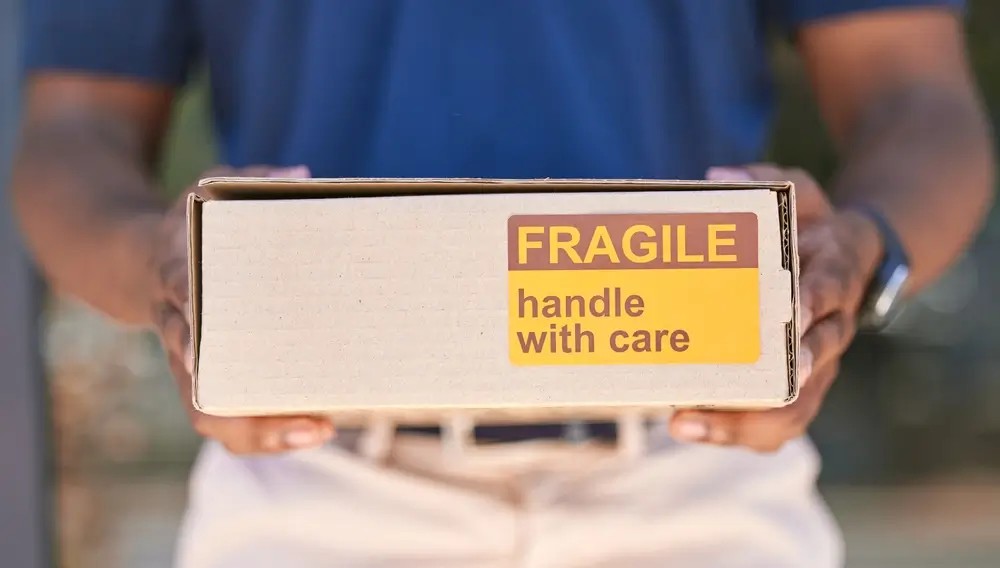In regulated industries, like pharmaceuticals, biotech, chemicals, and food, product destruction is a serious task. Whether the product is expired, recalled, contaminated, or simply unsellable, it must be destroyed properly. This keeps workers safe, protects the environment, and meets legal rules.
This guide is for facility and operations staff. It covers how to use PPE, manage hazards, and report incidents during destruction activities.
Why Product Destruction Needs Care
Regulated products often contain sensitive materials. Mishandling them during destruction can lead to:
- Health risks for employees
- Fires or chemical leaks
- Environmental harm
- Fines or shutdowns by regulatory agencies
Proper handling makes a big difference in avoiding these outcomes.
Step 1: Know the Product and Its Risks
Before destroying any product, take time to review:
- What the product contains (chemicals, active ingredients, biological agents)
- How it reacts to heat, pressure, or mixing
- If it produces dangerous gases or waste during destruction
- The method required (incineration, shredding, chemical neutralization, etc.)
Always check SDS (Safety Data Sheets) and product labels for warnings and handling instructions. If the product is regulated under EPA, OSHA, DEA, or FDA, there may be extra steps required.
Step 2: Wear the Right PPE
Personal Protective Equipment (PPE) protects workers from direct contact with dangerous materials. The right gear depends on the product being destroyed.
Basic PPE may include:
- Safety goggles or face shields
- Nitrile or chemical-resistant gloves
- Long-sleeved coveralls or disposable suits
- Respirators or dust masks (for fumes or particulates)
- Steel-toe boots
Never start destruction work without PPE. If gear is damaged or missing, stop and report it to a supervisor immediately.
Step 3: Use the Correct Destruction Method
Destruction methods vary depending on the type of product. Always follow approved protocols. Here are some common ones:
- Incineration:
Used for pharmaceuticals, chemicals, and sensitive documents. Products are burned at high temperatures in licensed facilities. Never attempt open burning. - Shredding:
Used for paper records, packaging, and non-hazardous items. Use lockable bins and commercial shredders in secure areas. - Chemical Neutralization:
Used for hazardous liquids. Neutralizing agents must be handled with training. Disposal must follow local and federal waste rules. - Crushing or Rendering Unusable:
Often used in drug and medical product disposal. DEA rules require that controlled substances be made “non-retrievable.” - Secure Landfill Disposal:
For some consumer goods or food products, disposal in approved landfills is allowed, but only if the product is non-hazardous.
Step 4: Set Up Hazard Containment
During destruction, spills, fumes, or flying debris may occur. Always:
- Work in well-ventilated areas or under fume hoods
- Use secondary containment trays for liquids
- Keep absorbent materials nearby for spills
- Use sealed bins or lockable containers for items waiting to be destroyed
- Avoid cross-contamination by separating product types
Containment is especially important when working with biohazards, chemicals, or flammable substances.
Step 5: Track What’s Destroyed
Most regulated industries require documentation of product destruction. Always record:
- Product name and lot number
- Quantity destroyed
- Date and time
- Method used
- Names of staff involved
- Witness signature (if required by SOP)
Keep logs secure and accessible for audits. Some products, like controlled substances, require destruction to be witnessed by authorized personnel under DEA rules.
Step 6: Report All Incidents
If anything goes wrong, like a spill, injury, or equipment failure, report it immediately. Common incidents during destruction include:
- Skin or eye contact with hazardous substances
- Inhalation of fumes
- Fires or smoke
- Cuts from broken containers or shredders
- Exposure to biological waste
Follow these steps after an incident:
- Stop work and move to a safe area
- Alert a supervisor
- Seek medical help if needed
- Fill out an incident report
- Help with cleanup or investigation as directed
Fast reporting helps protect others and prevents repeat problems.
Step 7: Know When to Call in Specialists
Some materials need outside help. For example:
- Hazardous waste may need disposal by certified haulers
- Radioactive products require trained radiation safety teams
- DEA-controlled substances need special handling and documentation
- Large-scale destruction (e.g., warehouse cleanouts) may need third-party contractors
Never guess. If you’re not sure what to do, ask a safety officer or supervisor.
Step 8: Clean and Disinfect After Destruction
After products are destroyed, clean all work areas, tools, and equipment. This prevents contamination and keeps the area safe for others.
Basic steps:
- Dispose of used PPE and absorbent materials in labeled containers
- Sanitize surfaces with appropriate cleaners
- Decontaminate tools or send them to the designated cleaning area
- Wash hands and change clothes if needed
Never leave residues or scraps lying around. Cleanups must be part of the standard routine.
Step 9: Review SOPs Regularly
Standard Operating Procedures (SOPs) should be updated whenever:
- New products or destruction methods are introduced
- A safety issue or near-miss occurs
- A regulatory agency updates rules
- Equipment is changed or upgraded
All destruction activities must follow SOPs without shortcuts. If you spot outdated or unclear steps in a procedure, report it to your quality or safety team.
Final Thoughts
Safe product destruction is a team effort. Every person handling waste or outdated items plays a role in protecting people, property, and the environment. Follow the right steps, wear the proper gear, and speak up if something looks wrong.
When done right, destruction is not just a safety task. It’s part of keeping your facility compliant and trusted by regulators.



